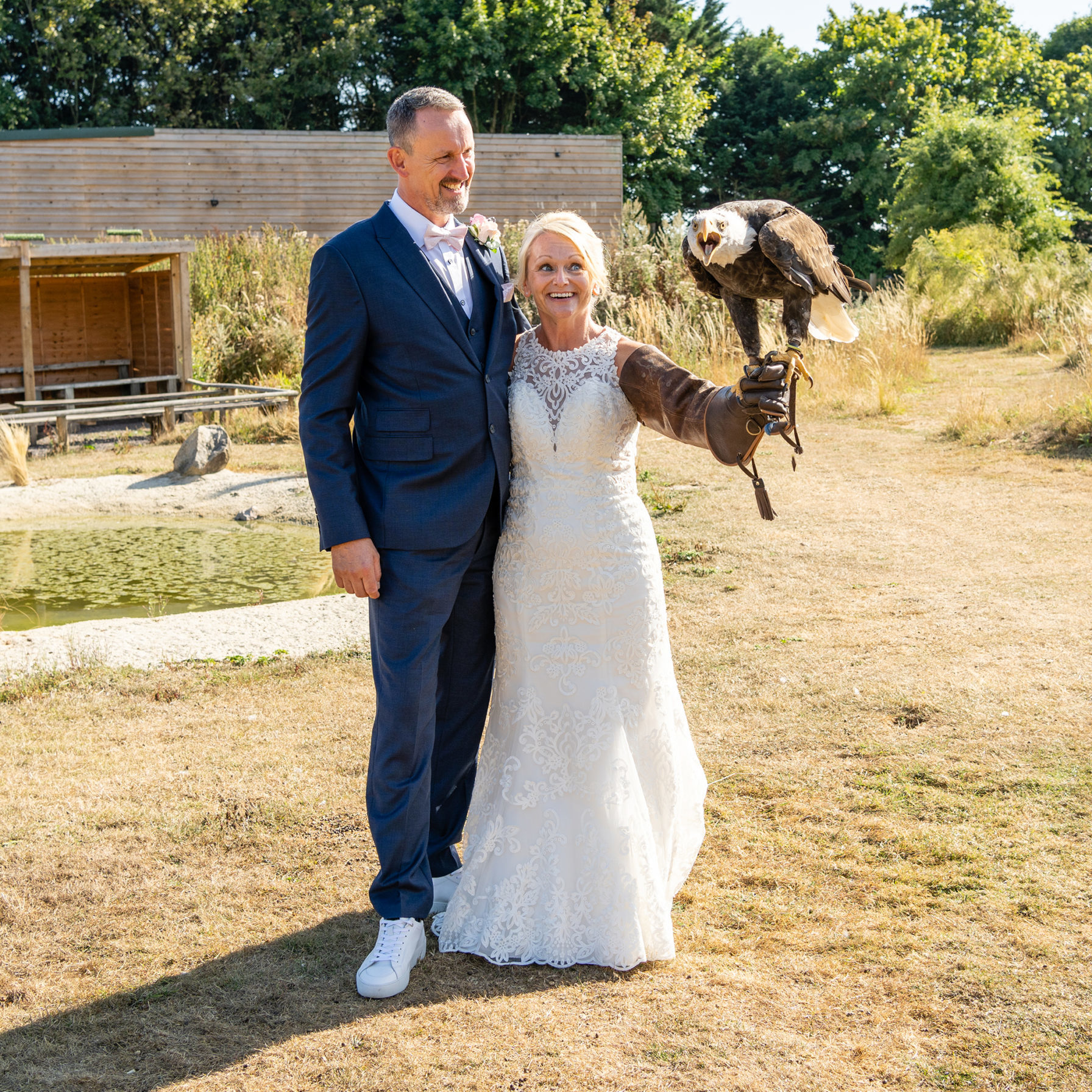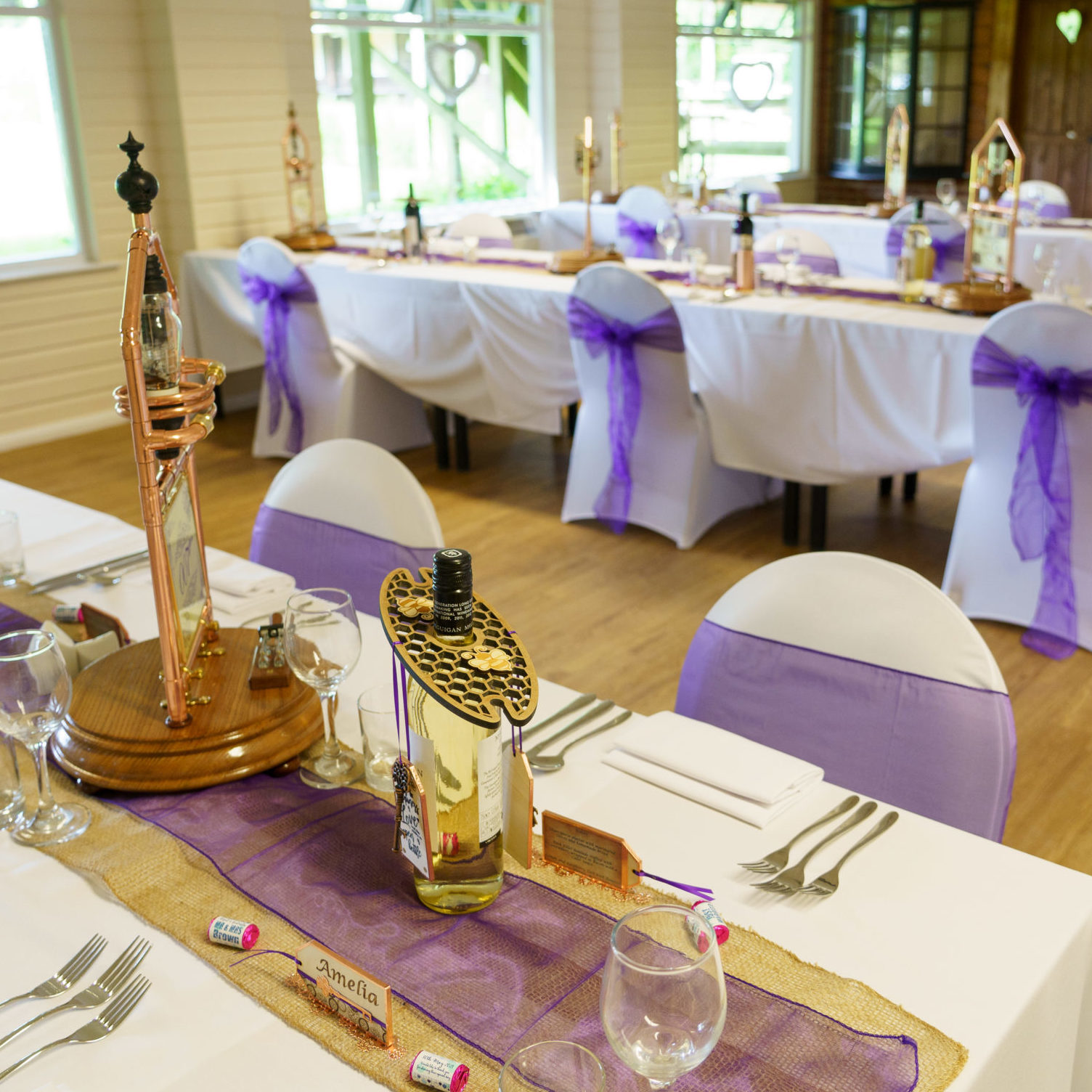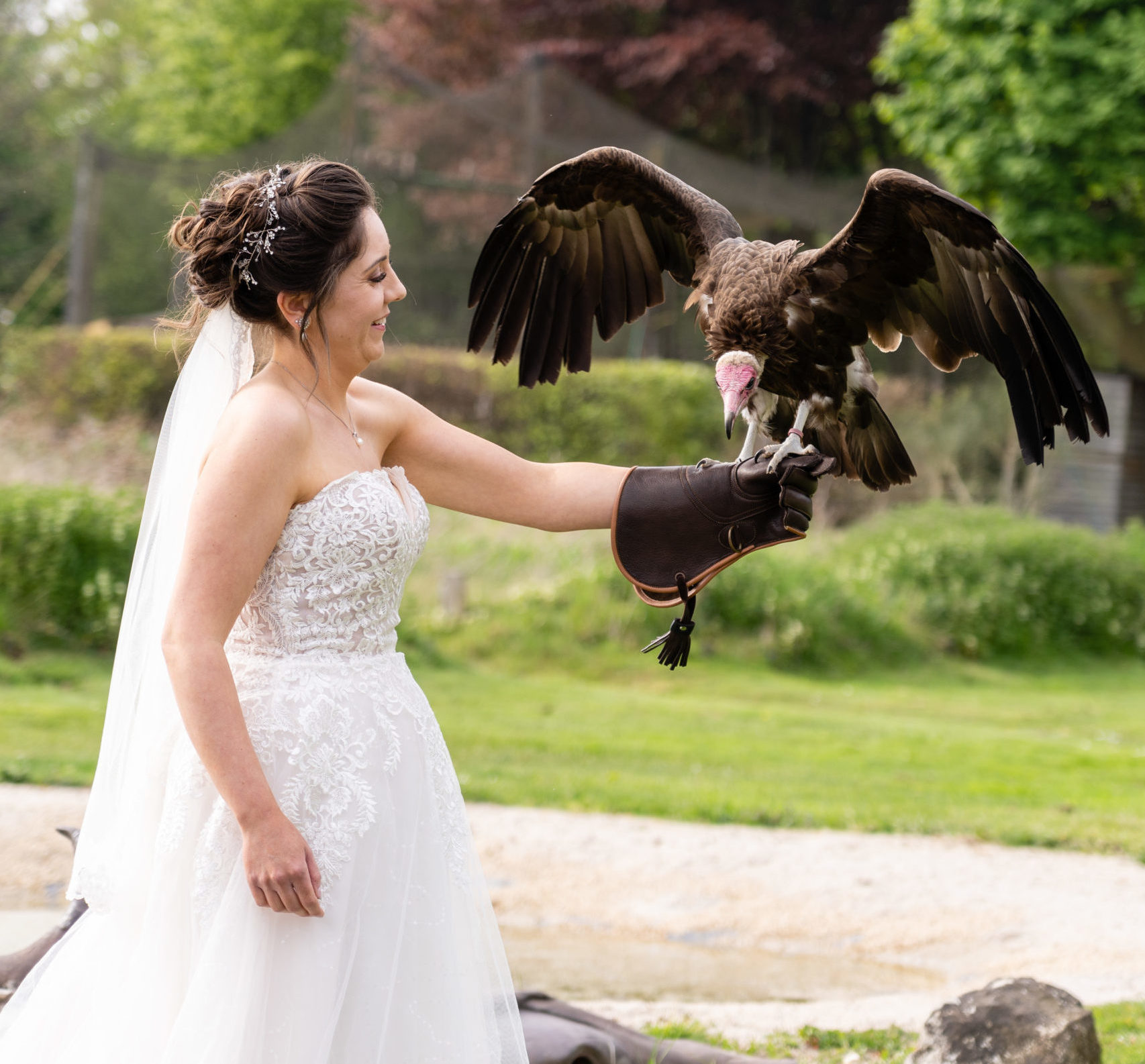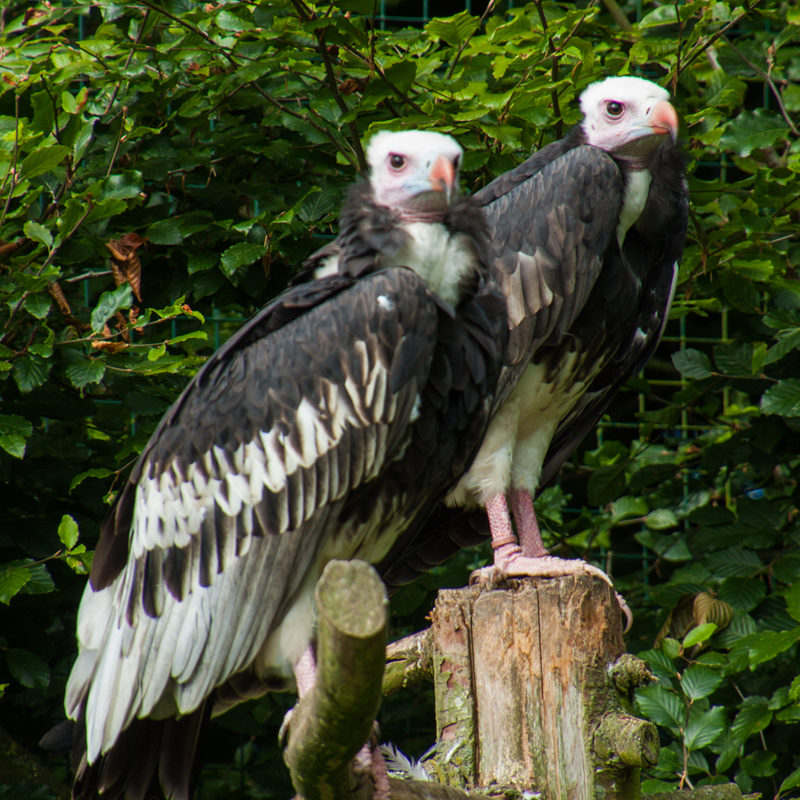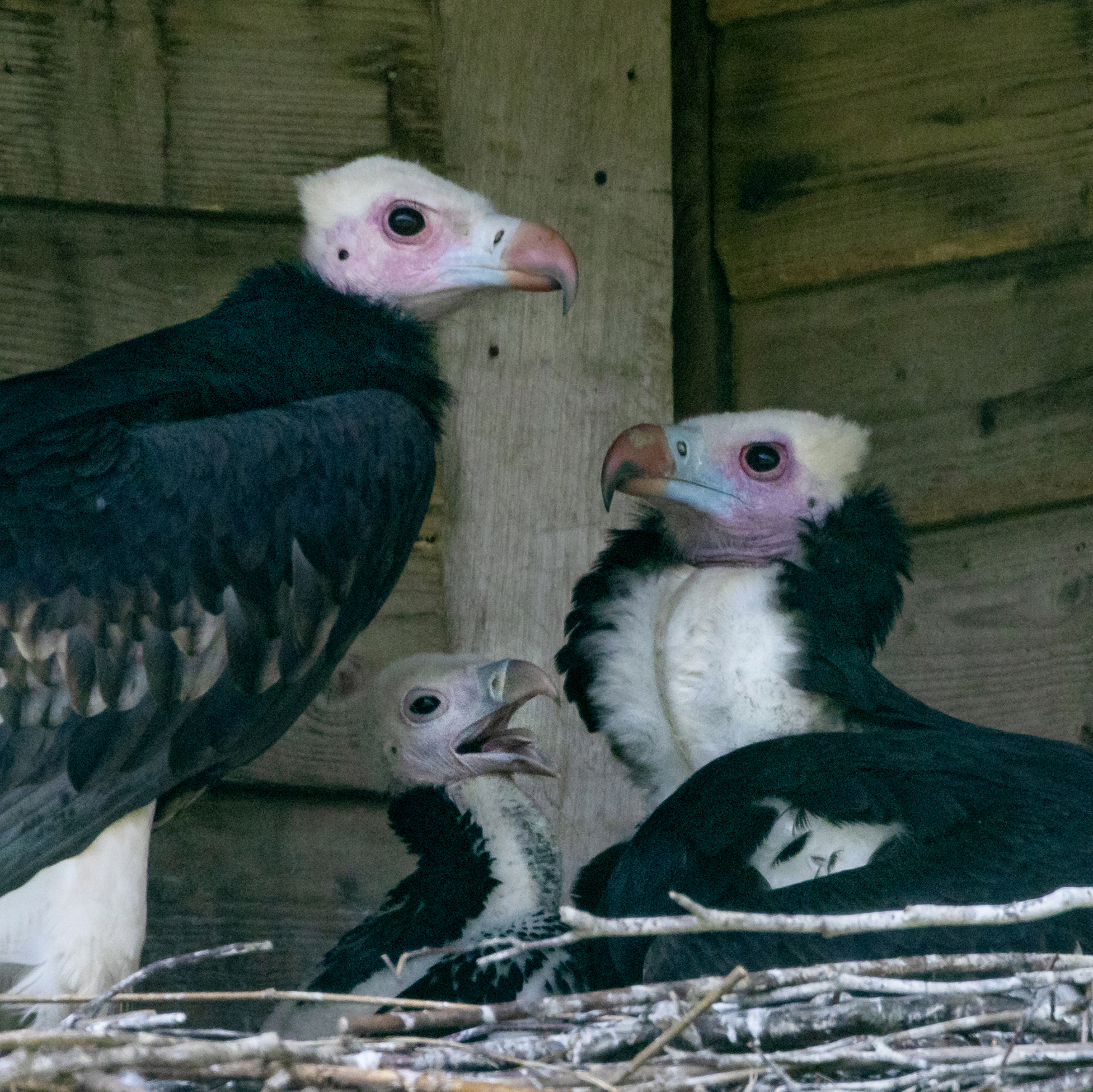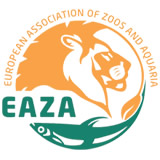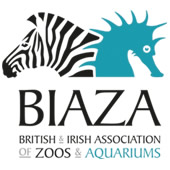Since 2008, we’ve been providing nest boxes for Tawny Owls, Barn Owls, Little Owls and Kestrels across southern England as part of our Raptor Nest Box Project. Through your support, what started with a project of just 38 boxes has now dramatically expanded to over 1300!
This important project aims to provide homes for these key species to help boost their population. These nest boxes are also monitored regularly to better understand the behaviour and ecology of these birds so we can improve how we conserve them. Let’s take a look at our four species involved in the project!
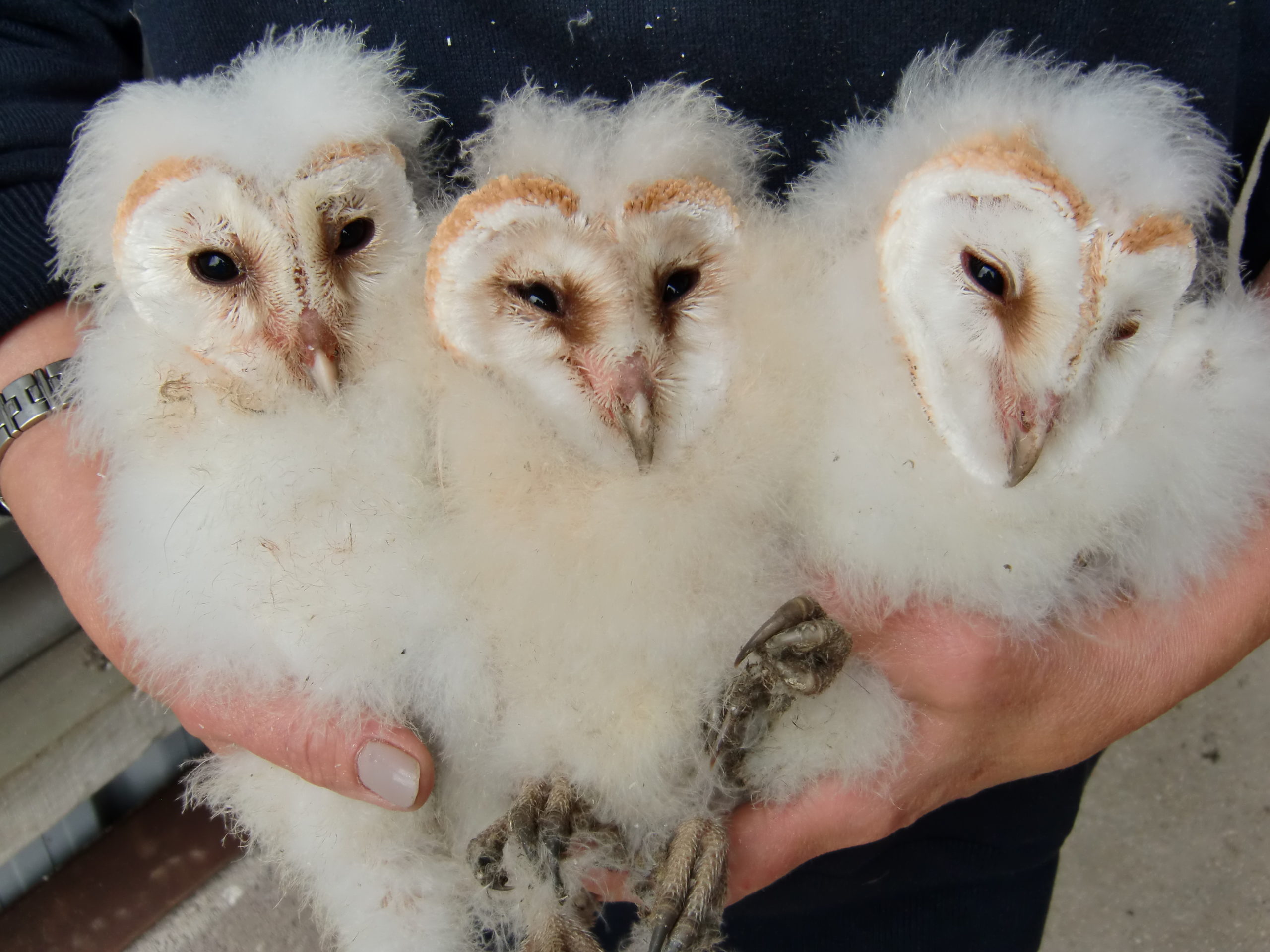
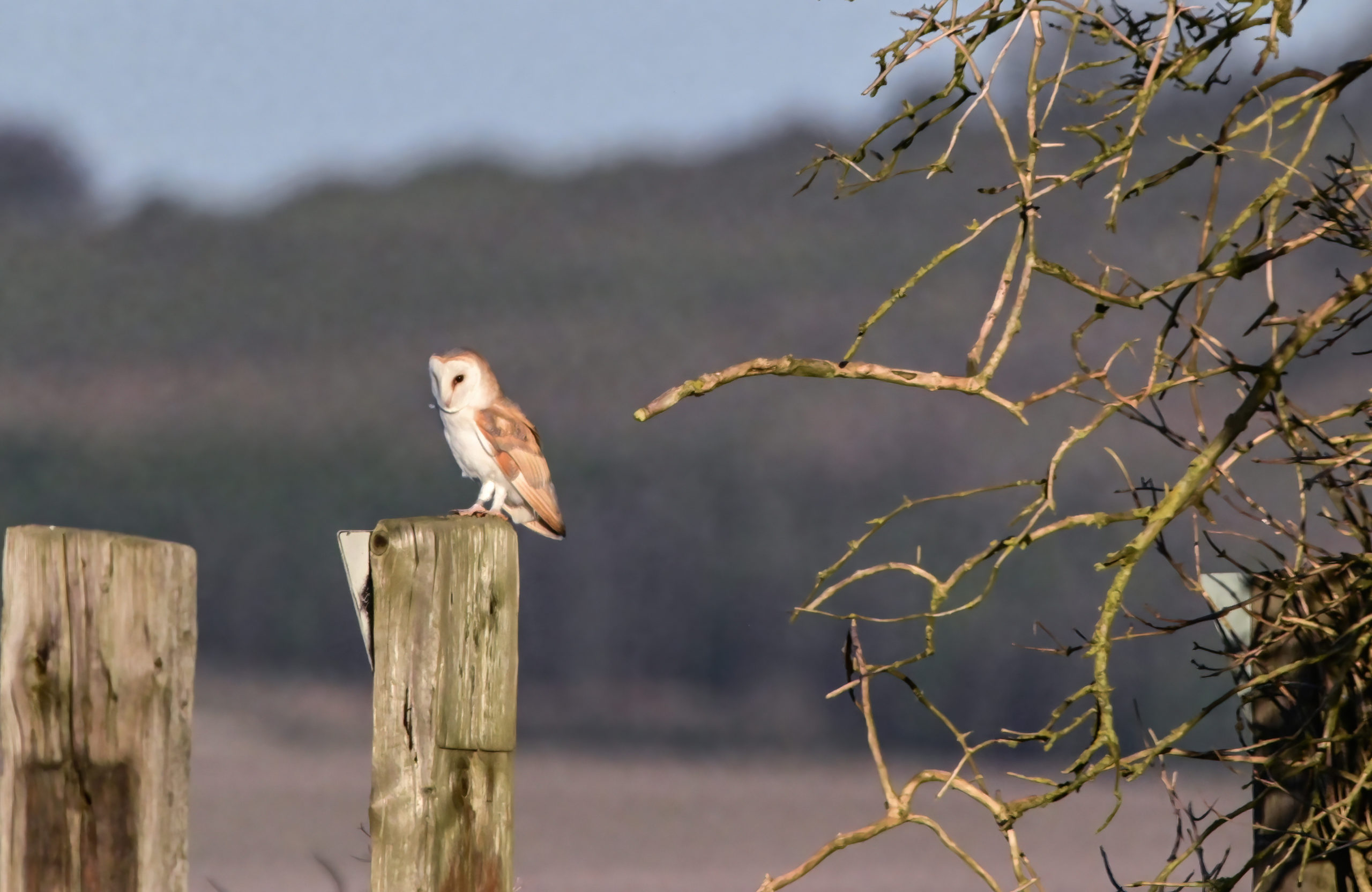
Barn Owl
Voted the UK’s second-favourite bird (coming in close behind the Robin), the Barn Owl is one of the most widespread birds of prey around the world. They are a fantastic bird to spot in the wild, actively hunting at dusk or dawn so often spotted on people’s commutes! They have a distinctive style of flight known as ‘quartering’, flying very low and slowly over open grassland in search of prey. If you’ve ever been to see our Woodland Owls flying display, you’ll have seen this beautifully demonstrated by Delta and Elder!
The name Barn Owl derives from their tendency to nest in barns and old buildings, a habitat which is sadly becoming less and less available in our developing landscapes.
Luckily this species also appears happy to settle down in nest boxes – so much so they’ve had designs specially created to suit them! The features unique to this species’ include a deep cavity nest where the entrance hole is placed quite high up. This means the growing owlets cannot fall out of the box before they’re ready to take to the wing. The owlets are also provided with a platform ledge outside the entrance hole, meaning when they do begin to grow they can take their first peek at the outside world without falling out and being at risk of other predators. A canopy above the box also ensures the growing family can stay dry in the face of the inclement British weather.
We currently have 780 Barn Owl next boxes installed across Southern England as part of this project. Our UK Conservation Biologist, Dr Matt Stevens, works hard to maintain and monitor these nest boxes, and while he cannot check each box every year it is estimated that a minimum of 198 chicks fledged from 150 boxes checked during 2023.
While these boxes may be designed for Barn Owls in particular, this does not seem to stop other birds from pinching their boxes! During Matt’s work monitoring these boxes, he’s recorded opportunistic Tawny Owls, Little Owls and Kestrels utilising Barn Owl boxes!
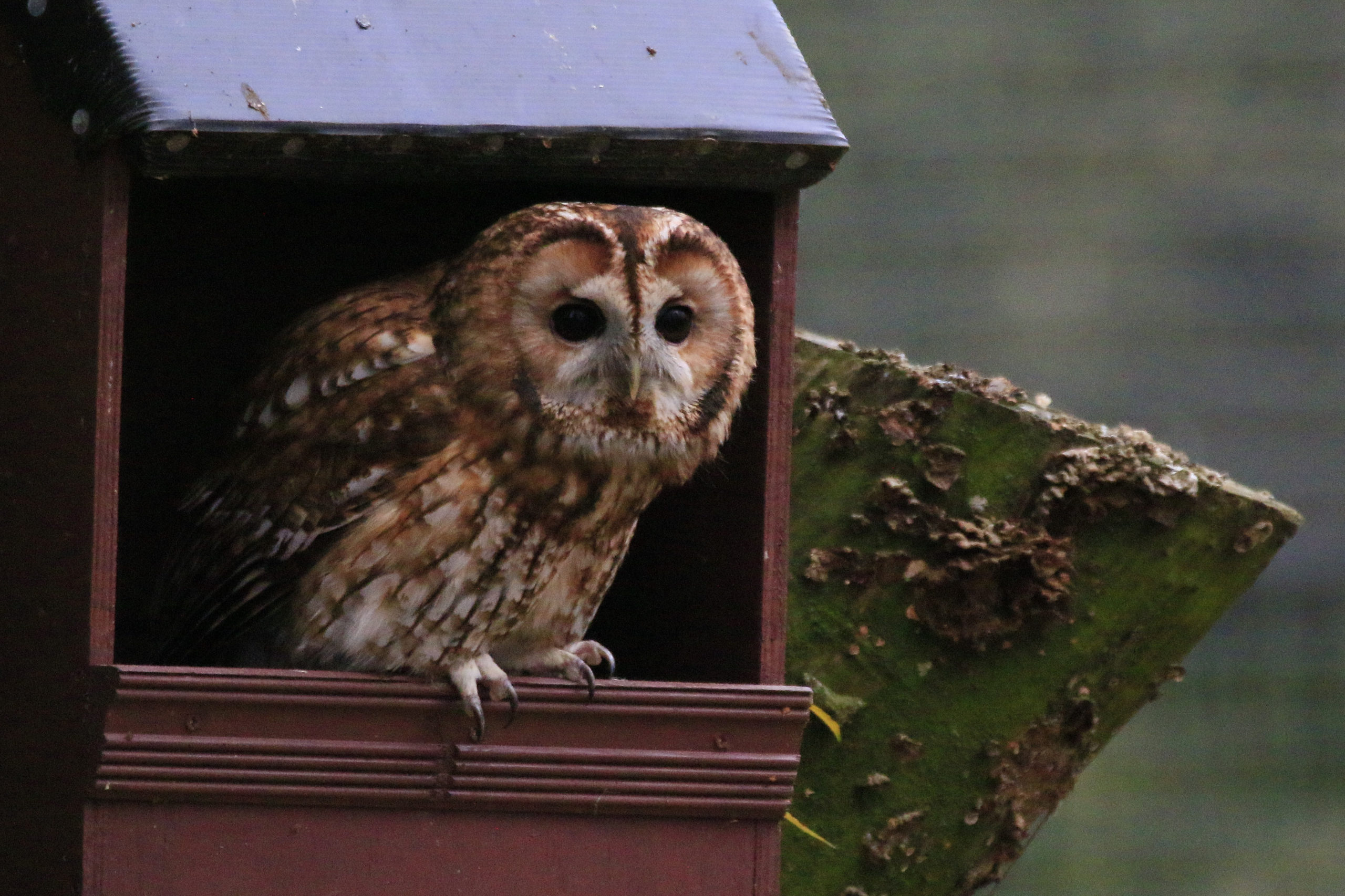
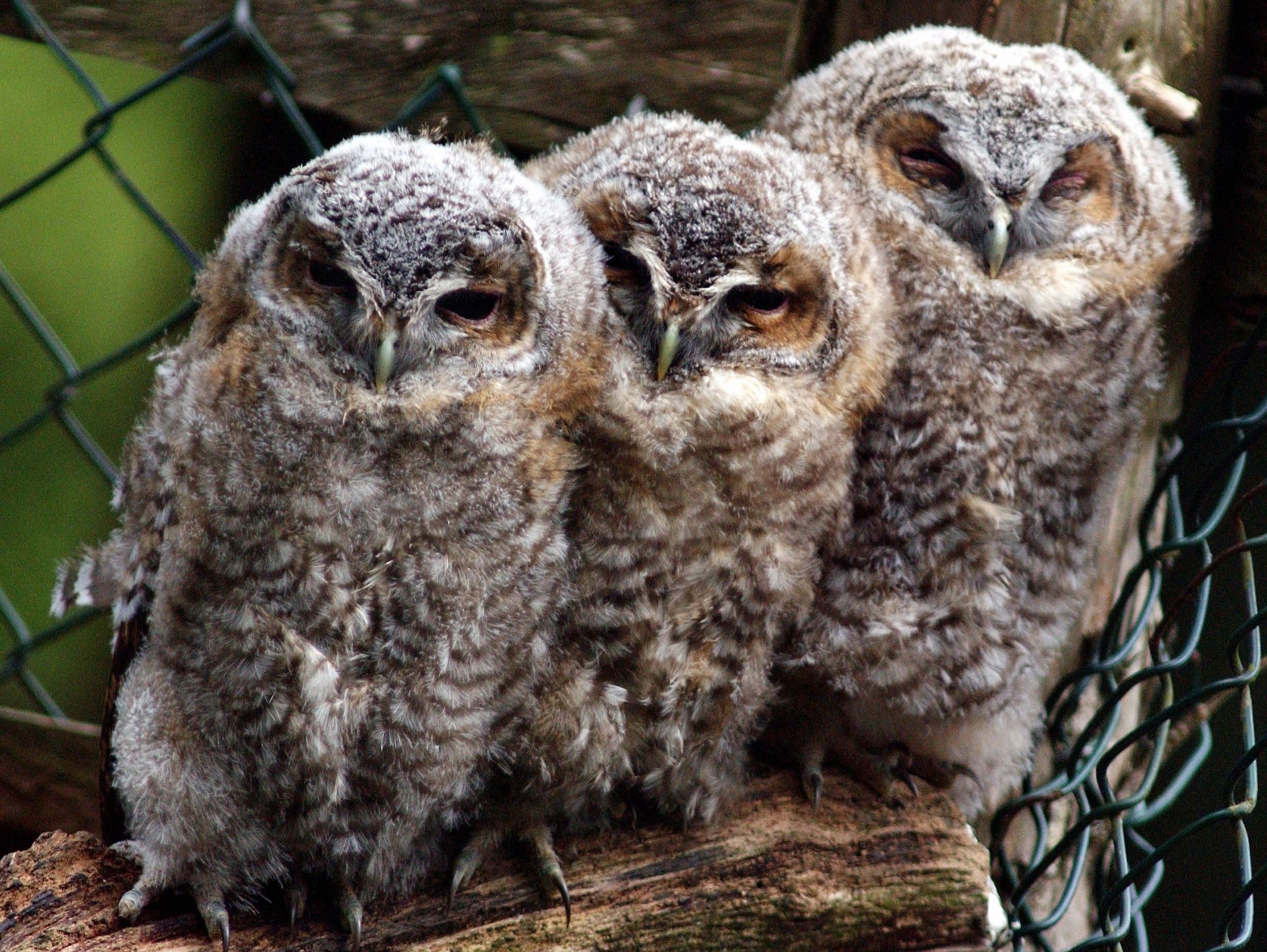
Tawny Owl
This much loved and charismatic bird is one of the most common owls heard in our countryside, preferring woodland habitat to nest and hunt. You may be surprised to hear that this is the only owl in the world to make the classic “twit-twoo” call often associated with owls. If you are lucky enough to be wandering through a local woodland and hear this distinctive call, you are in fact listening to two owls calling to each other, with one calling “twit” with the other replying “twoo”.
Tawny Owls are also referred to as the Ivy Owl as they prefer to nest in hollow cavities within ivy-covered trees. Unfortunately, these sheltered nesting spots are becoming harder to come by. Since the start of the Raptor Nest Box Project, we have installed 181 specially designed boxes, which mimic the hollow trees they prefer.
Tawny Owl chicks are highly adventurous and tend to leave the nest well before they are able to fly. The young owlets hop inquisitively from branch to branch, exploring their surroundings, a behaviour known as “branching”. Therefore, boxes for Tawny Owls need a large high entrance hole, with a deep, narrow chamber inside to delay these adventurous chicks emerging before they are ready to fly.
Due to this branching behaviour, chicks will often fall to the ground, with thick fluffy feathers to soften their landing. With strong beaks and feet, even at a young age they are usually able to climb back up the tree to the nest, and their parents will continue feeding the youngster even while they are on the ground.
It is this adventurous behaviour that make young Tawny Owls the most frequent admission to our National Bird of Prey HospitalTM, making up approximately a third of admissions annually.
If you do come across a young Tawny Owl on the ground, the best thing to do is leave it where it is, unless it is in immediate danger. If you are concerned, please call our National Bird of Prey HospitalTM for advice.
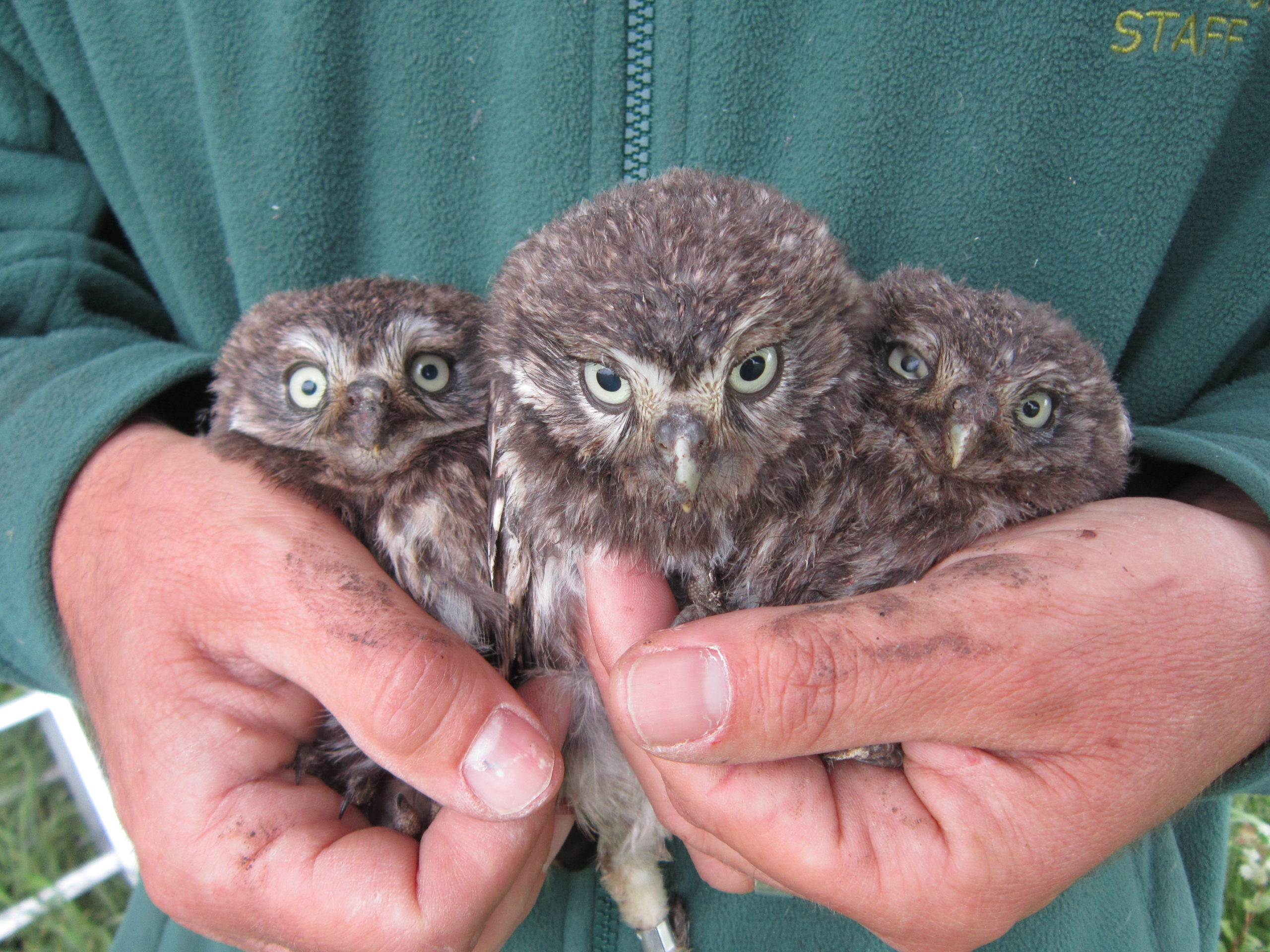
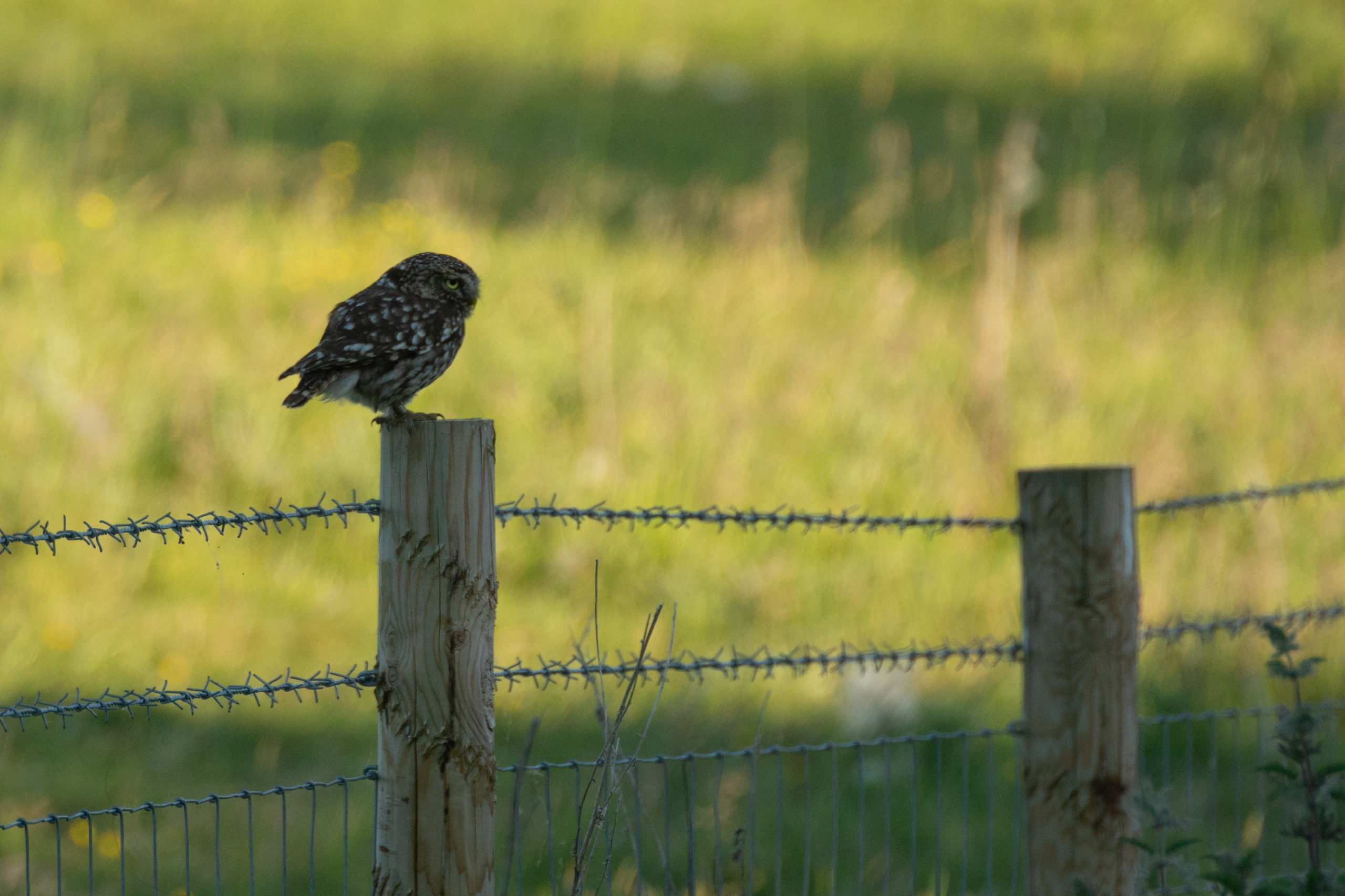
Little Owl
If you keen eye, you may have spotted the UK’s smallest owl species, the aptly named Little Owl, perching on the top of fence post around farmland areas. This species of owl was first introduced to the British Isles back in the 19th Century, possibly as a form of pest control on farmland. Like Barn Owls, Little Owls are crepuscular, meaning they prefer to hunt at dawn and dusk, feeding mainly on a tasty diet of insects, as well as small mammals, reptiles and amphibians. Their scientific name Athene noctua alludes to the close association of this species with the Greek goddess Athena, as well as the Roman goddess Minerva, and is therefore believed to represent wisdom and knowledge.
The Little Owl is also one of the species for which we provide nest boxes, with 69 nest boxes installed to date. As with all of the species we support within our Raptor Nest Box Project, the Little Owl has specific requirements when it comes to nest box design.
Due to its small stature, the size of the entrance hole is only a maximum of 70mm in diameter! Once inside the nest box there is a narrow tunnel with a corner that turns on a right angle and drops into the main nesting chamber. This is to deter predators from being able to enter the nest and gain access to the young owlets.
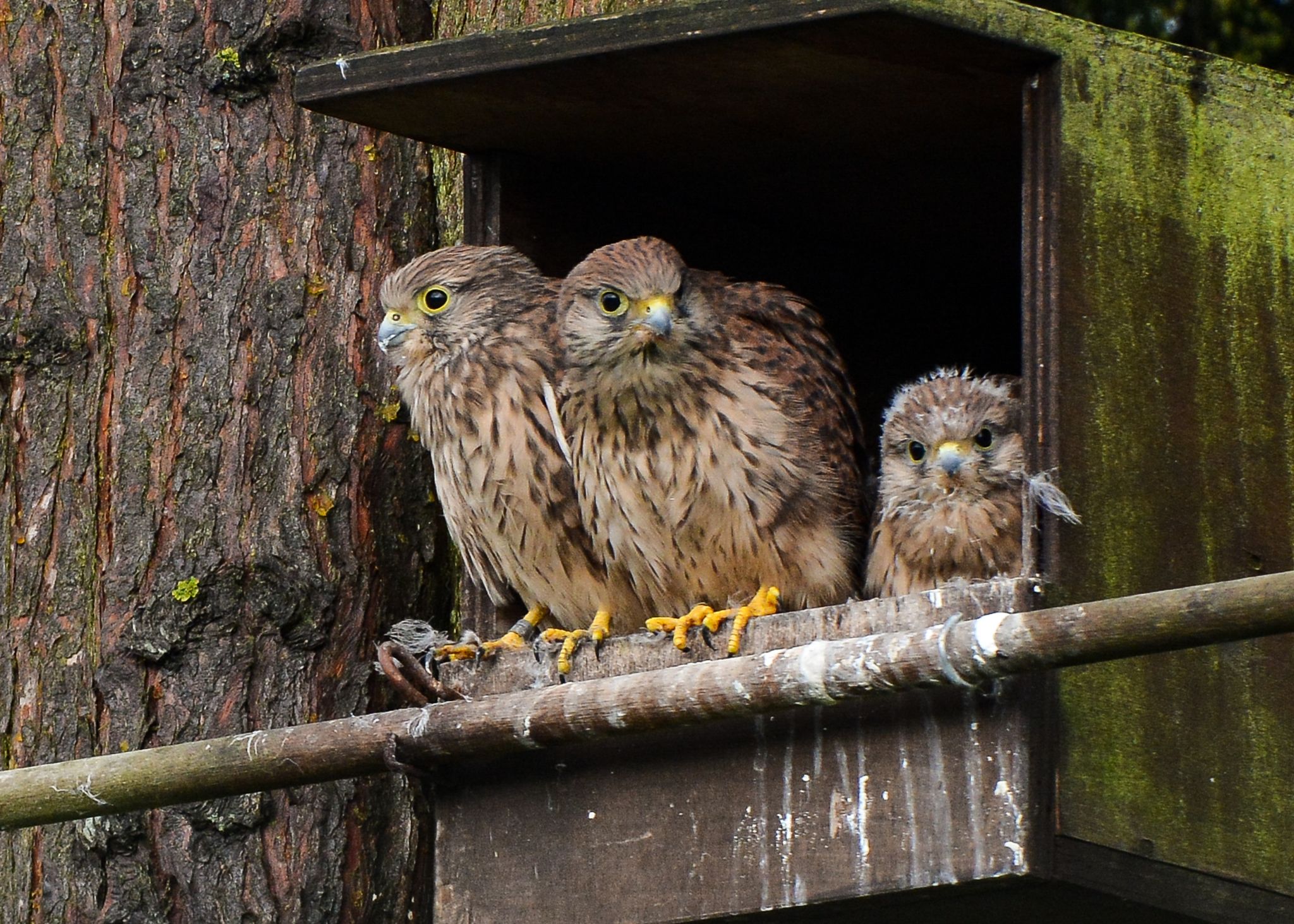
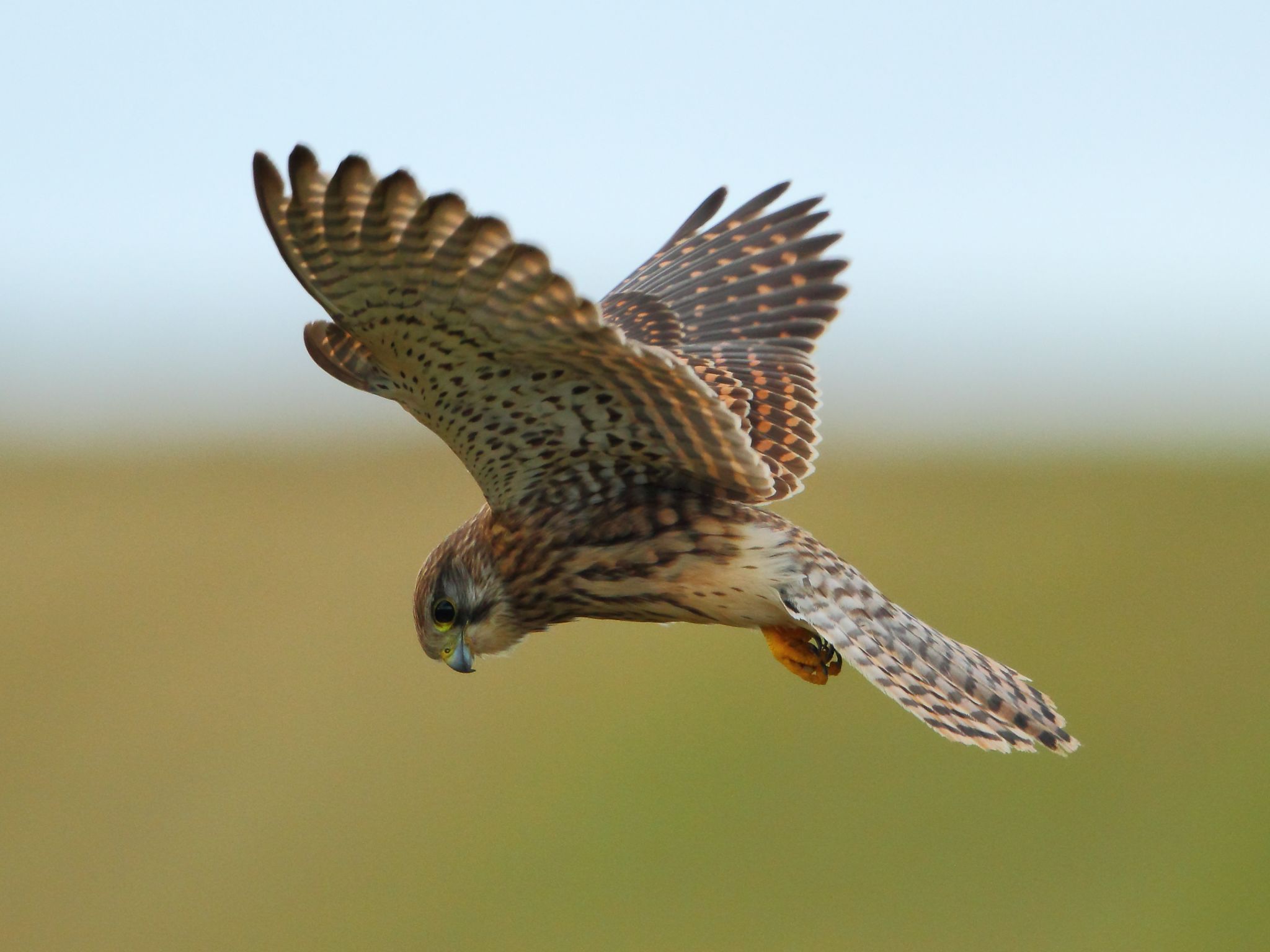
Kestrel
This iconic bird, famous for its unrivalled hovering capabilities, can hang above grassland habitats, detecting movements from even the smallest of its prey.
Despite their small size, these birds can be very territorial. Around their nest sites, the parents will use aggressive flight displays and alarm calls to deter any intruders. Unfortunately, these beautiful birds have been in decline since the late 20th century, and as a result this species as been ‘Amber-listed’ as a species of conservation concern within the UK. The exact cause of the decline in Kestrel numbers is unknown, although contributing factors are thought to include loss of habitat, decline in food sources, chemicals used in agriculture, and a dwindling supply of nest sites.
Kestrels prefer to nest in tree hollows and artificial cavities within old buildings, both of which are now harder to come by. By providing artificial nest sites we can attempt to provide alternative spots for this species to nest in.
Artificial nest boxes have a large open front, and only a comparatively small lip to deter the chicks from walking off the nest. A perch is installed on the outside of the box opening, allowing the parents to perch next to the nest and keep an eye on their youngsters. While these boxes are designed for Kestrels, Dr Matt Stevens has also recorded Barn Owls and Tawny Owls setting up home in these nest boxes.
A total of 332 Kestrel nest boxes have been installed as part of our Raptor Nest Box Project, with a minimum of 170 chicks fledging in 2023. These boxes are also monitored as part of the Kestrel Conservation Monitoring Project, which aims to assess whether the installing these nest boxes across the landscape affects Kestrel populations.






